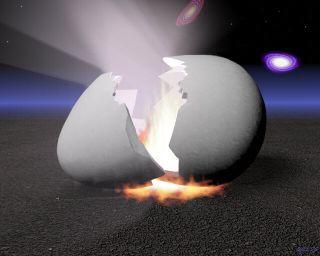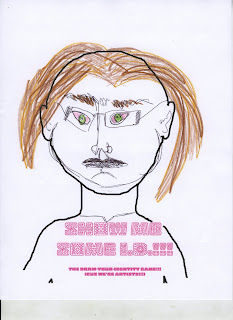1.Is Identity a construct or is it inherent?
Viewing the work of Nikki S. Lee makes me think it is both a construct and inherent. She becomes an Ohioan, a lesbian, a swinger, a punk rocker and more, but she stays Korean. Maybe our ethnic identity is inherent. Maybe our age, too.
2.Who do we imagine the mythic Artist is now? Do we have a myth analagous to the 'genius' or 'social outcast'?
One newer 'type' of artist may be the Young Savvy Artist- she/he is young, stylish, smart, computer savvy- i don't know if it's a myth or not, but I don't know if that sort of internationally cool young person artist type existed before television and the internet? Or if that is a new sort of archtype that came from the Young Brits. Although, there was the New York School, they were young and cool, but all men.
3.What is identity?
Webster's Dictionary:
Etymology: Middle French identité, from Late Latin identitat-, identitas, probably from Latin identidem repeatedly, contraction of idem et idem, literally, same and same
Date: 1570
1 a : sameness of essential or generic character in different instances b : sameness in all that constitutes the objective reality of a thing : oneness
2 a : the distinguishing character or personality of an individual : individuality b : the relation established by psychological identification
3 : the condition of being the same with something described or asserted
4.Who decides our identity?
I think the best one can do is attempt to influence the label you may get, but in the end people are labeled from the outside. However, a label may not be your true identity-certainly it isn't. I don't know if one decides one's own identity or some of it is predestined- the color of skin, unless your micheal jackson, your age, etc.
5.How have the influences Nochlin lists in the last paragraph changed since 1971?
"the situation of art making"- it's global now. information super highway. television has greatly expanded.
art academies- in my experiences at 3 universities,there is a majority of women studying the arts
systems of patronage-
mythologies-

Nikki S. Lee
image info

Gran Fury
image info

Gran Fury
image info

Mary Kelly
image info

Robert Colescott
image info

Pepin Osorio
image info

Kerry James Marshall
image info


























